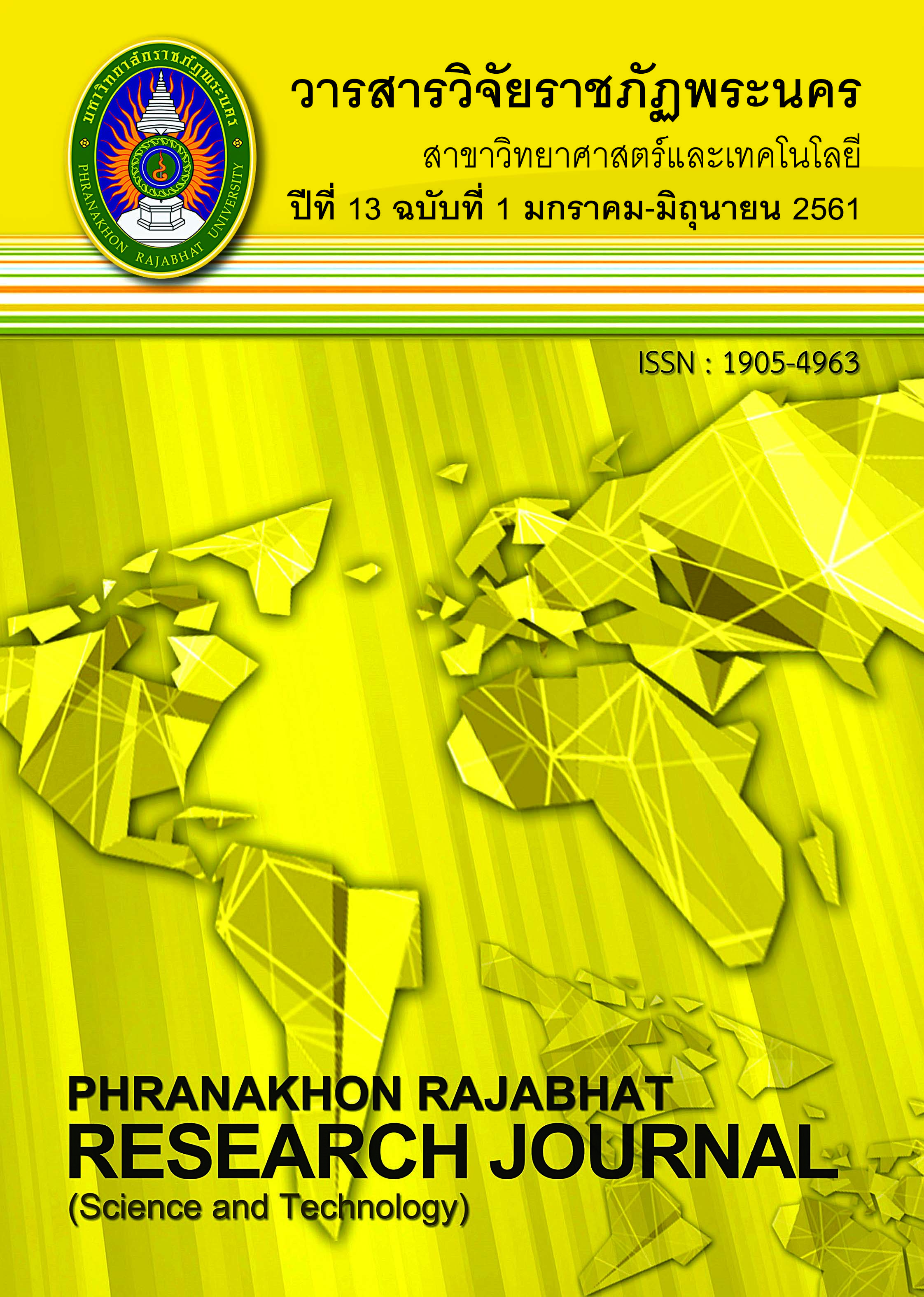A STATE OF THE ART REVIEW OF GREEN CONCRETE
Keywords:
Green concrete, Sustainable development, Cleaner productionAbstract
Global warming is a critical global issue given that it has the potential to jeopardize all human society. Among many causes, the cement and concrete industry is responsible for a major portion of greenhouse gas emissions. This review described perspectives on the uses and potential uses of cement and concrete as a green material, guidelines for green concrete. Related to cleaner technologies for the production of concrete, the major targets are achieving (a) a significant reduction in CO2 emissions, (b) a significant reduction in energy consumption and fossil fuel in the cementmanufacturing process, (c) a significant reduction in the use of substances that endanger health and/or the environment, (d) significant savings associated with the use of cement by partially replacing it with fly ash waste and/or other kinds of waste materials, (e) a significant increase in the use of new cement replacement materials, and (f) significant development of various possibilities relevant to recycling cement/concrete and the use of alternative aggregates.
References
Aïtcin, P-C., (2000). Cements of yesterday and today: Concrete of tomorrow. Cem. Concr. Res. 30, 1349–1359.
Blanco-Carrasco, M., Hornung, F., Ortner, N., (2010). Qatar: Green concrete technologies to-wards a sustainable concrete industry in Qatar. http://www.mcqa.com/databases/internet/_public/files.nsf/SearchView/61609E5C572EDF8DC12578870037C6F3/$File/green-concrete.pdf. (accessed: 12.7.17).
Edvardsen, C., Tølløse, K., (2001). Environmentally “green” concrete structures. Proceedings FIB-symposium “Concrete and Environment.” Berlin, Germany.
Fib Bulletin 67: Guidelines for Green Concrete Structures, 1562–3610. International Federa-tion for Structural Concrete (fib), 2012.
Glavind, M., Munch-Petersen, C., Damtoft, J.S., Berrig, A., (1999). Green concrete in Denmark. Proceedings of Concrete 9 9- Our Concrete Environment. Sydney, Australia.
Jin, R., Chen, Q., (2013). An investigation of current status of “green” concrete in the construc-tion industry. 49th ASC Annual International Conference Proceedings. California: USA.
Kim, K., Shin, M., Cha, S., (2013). Combined effects of recycled aggregate and fly ash towards concrete sustainability. Constr. Build. Mater. 48, 499–507.
Long, G., Gao, Y., Xie, Y., (2015). Designing more sustainable and greener self-compacting con-crete. Constr. Build. Mater. 84, 301–306.
Lu, Y., (2012). Sustainability and innovative construction: Green building with concrete. J. Civil. Environ. Eng. 2:5. http://dx.doi.org/10.4172/ 2165-784X.1000e107.
Meyer, C., (2005). Concrete as a green building material. Proceedings of Construction Materials Mindess Symposium, Vancouver: Canada.
Müllera, H.S., Breinera, R., Moffatta, J.S., Haista, M., (2014). Design and properties of sustainable concrete. Procedia Eng. 95, 290–304.
National Ready Mixed Concrete Association (NRMCA). (2009a). Sustainability initiatives. http://www.nrmca.org/sustainability/NRMCA%20Sustain ability%20Initiatives%205-8-09%208.5x11.pdf (accessed: 12.7.17).
National Ready Mixed Concrete Association (NRMCA). (2012). Concrete CO2 fact sheet. http://www.nrmca.org/greenconcrete/concrete%20co2% 20fact%20sheet%20june%202008.pdf. (accessed: 12.7.17).
Naik, T.R., (2008). Sustainability of concrete construction. Practice Periodical on Structural De-sign and Construction. 13(2), 98–103.
Obla, K.H., (2009a.) What is green concrete? Concrete in Focus. 17–19.
Obla, K.H., (2009b.) What is green concrete? Indian Concrete Journal. 26–28.
Proske, T., Hainer, S., Rezvani, M., Graubner, C-A., (2013). Eco-friendly concretes with reduced water and cement contents: Mix design principles and laboratory tests. Cem. Concr. Res. 51, 38–46.
Portland Cement Association (PCA), (2005). An engineer’s guide to building green with con-crete. http://www.cdrecycling.org/assets/concrete-recycling/buildgreen.pdf. (accessed: 12.7.17).
Portland Cement Association (PCA), (2015). Technical Brief: Green in practice 102-concrete, cement, and CO2. http:// www.concretethinker.com/ Papers.aspx?DocId=312. (ac-cessed: 12.7.17).
Suhendro, B., (2014). Toward green concrete for better sustainable environment. Procedia Eng. 95, 305–320.
Tafheem, Z., Khusru, S., Nasrin, S., (2011). Environmental impact of green concrete in practice. Proceedings of the International Conference on Mechanical Engineering and Renewable Energy 2011 (ICMERE2011). Chittagong: Bangladesh.
Downloads
Published
Issue
Section
License
โปรดกรอกเอกสารและลงนาม "หนังสือรับรองให้ตีพิมพ์บทความในวารสารวิจัยมหาวิทยาลัยราชภัฏพระนคร สาขาวิทยาศาสตร์และเทคโนโลยี" ก่อนการตีพิมพ์



